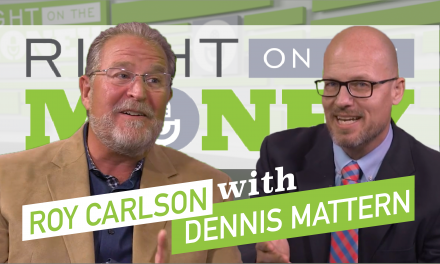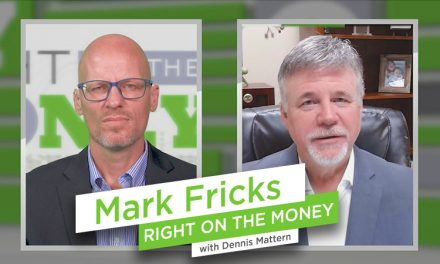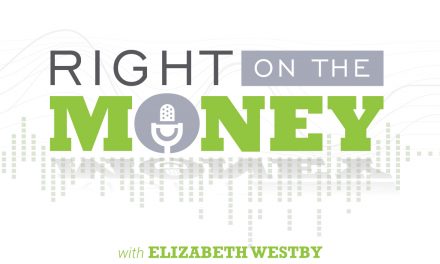The Corroding Agents Eroding Purchasing Power in Retirement
Consumer savers and investors seem to have learned a vital lesson about financial-product expenses and advisory service fees. After all, online product advertisements tout lower costs and less expensive advisor fees in an effort to attract new investors. The ads have become a war zone, a fight over your finances.
So it’s not surprising cost-conscience investors and savers have learned to shop for more cost-efficient investments and financial help. It’s simply a matter of more money in your pocket. Learning how to mitigate taxes and inflation could dramatically increase your net spendable income, i.e., more money in your pocket.
Reducing your tax bill is more than taking advantage of every domestic and business deduction, exemption and credit—that’s just the beginning. The real art of tax management is to correlate all sources of taxable income, non-qualified basis and non-taxable loans managing your assets to your retirement timeline with taxation in mind. The results can be dramatic and worth investigating.
The strategic use of taxable Qualified Longevity Annuity Contracts (QLACs) to defer some portion of your Required Minimum Distributions (RMDs) can come in handy with retirement monies you don’t need at age 70½. Delaying retirement income and Social Security benefits until age 70 can help you maximize your income. But if you need money before age 70, non-taxable basis and policy loans in a non-modified endowment contract (MEC) life insurance policy can generate tax-free revenue in the meantime. 1 Another tax-free source of revenue is a non-taxable loan from your home equity, or income from a reverse mortgage that can be inserted along your retirement timeline to supplement your need for income.2
The purchasing power of your retirement dollar is also a function of inflation. There’s a fierce debate between adherents who use core inflation versus those who use the Consumer Price Index (CPI). Core inflation doesn’t include food and energy because both markets can experience volatility and economists want like formulas that have no skewed factors to wreck their models. However, back in the real world where we still eat, travel and have utility bills, the Bureau of Labor Statistics uses the CPI, which is inclusive of those items, and adds on housing, apparel, medical care, recreation, communication, education and services. Social Security benefits did not include a cost of living adjustment (COLA) for 2016 as well as in 2010 and 2011. For three out of the last six years, no adjustment after never missing an increase. Is the CPI for 2015 really 0.7 percent before seasonal adjustments?
For most retirees, domestic living expenses increase annually, notwithstanding core inflation or the CPI results. To take the risk of annual increases of living expenses, you may want to consider purchasing a guaranteed lifetime income annuity with a COLA rider. You need to shop these products, which are generally packaged in single premium immediate and deferred income annuities. Keep in mind guaranteed lifetime withdrawal benefits on some indexed annuities may also be part of your annuity investigation. Shockingly, some of the annual increases can be as high as 5 percent. Is the price tag worth it? It could be if you live beyond the average mortality. Don’t figure this out alone. Engage a financial advisor, who understands these products. Watch the interview with nationally recognized Certified Financial Planner and Registered Investment Advisor Stephen Stricklin on taxes and inflation.
1 Withdrawals to basis and collateralized policy loans of gain from a non-modified endowment life insurance contract keep in force for the life of the policy insured will not be treated as taxable income.
2 Any home equity loans or reverse mortgage loans may be subject to taxes at the sale of the real estate property.
Syndicated financial columnist and talk show host Steve Savant interviews Stephen Stricklin, certified financial planner and registered investment advisor. Stephen is one of the top five advisors in the nation according Retirement Advisor magazine, a leading industry publication.





